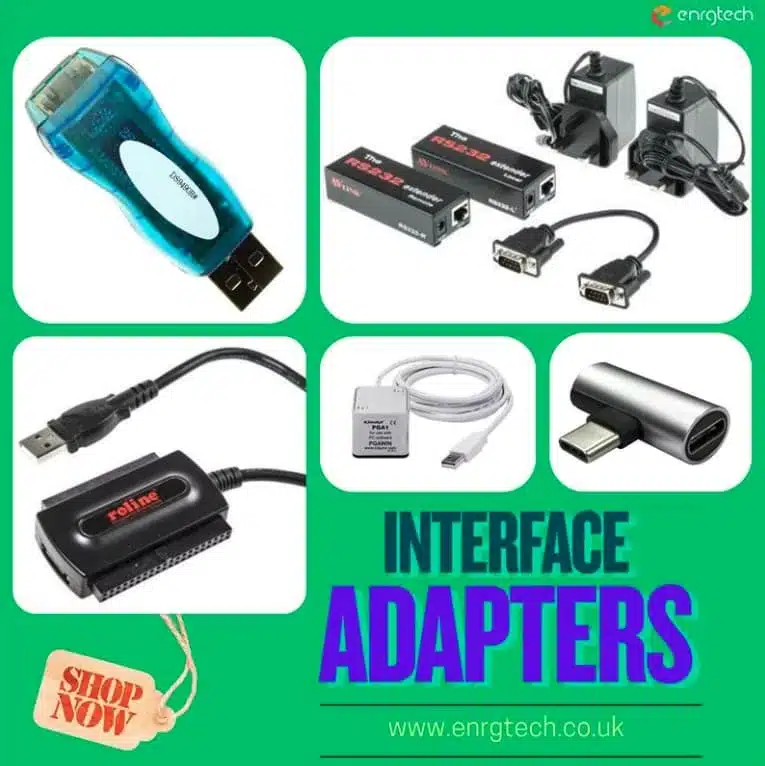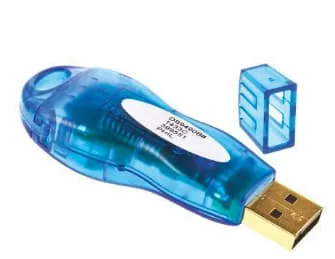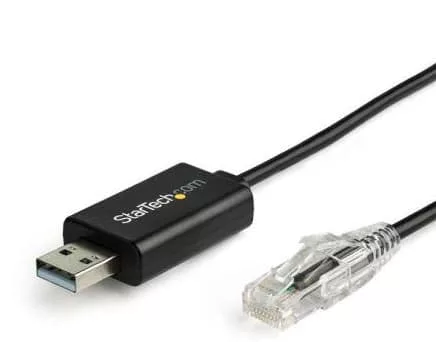
Introduction
Every year brings new devices, new ports, and new protocols, creating a complex web. Also, you have likely found yourself staring at two functional devices that are unable to communicate because their connection points or interfaces don’t match. Fortunately, a crucial bridge or universal translator, interface adapters, and unsung heroes of connectivity step in. These devices enable disparate technologies to communicate. This guide demystifies what interface adapters are, why they are necessary, and what important roles they play in modern electronics.
What are Interface Adapters? Understanding Their Role
Interface adapters, also referred to as interface cards, are innovative software components that convert or translate one form of data interface into another. These adapters ensure that the products sourced from different manufacturers, platforms, or generations can work together that would otherwise be incompatible. In simple terms, an interface adapter makes your devices “speak the same language”, resolving incompatibility issues. The primary role of an interface card is to act as a mediator or wrapper, providing a unified, desired view of a component’s functionality. In addition, these adapters simplify integration while maintaining signal integrity and operational reliability.
When Are Interface Adapters Necessary? A Closer Look
Without interface adapters, integrating diverse components would require custom circuitry or system redesigns, often increasing cost, complexity, and development time. Interface cards become necessary when devices use different connectors, communication standards, or signal formats that stop them from connecting directly. You typically need an input/output adapter when:
- Connector types differ (e.g., converting USB-C to RS-232)
- Signal voltage levels are incompatible (e.g., 5V logic to 3.3V logic)
- Communication protocols differ (e.g., SPI to I2C bridges)
- Data formats vary between systems
- Replacing legacy devices in modern systems
- Extending connectivity to new peripherals or modules.
Interface Adapters vs. Converters: What’s the Difference?
Interface adapters and converters often seem similar, but they serve different roles in connectivity, hardware, and software. An interface adapter primarily focuses on matching the physical or structural incompatibility between devices. For instance, a simple physical plug adapter changes the shape of a plug to fit a different outlet without altering the voltage. In contrast, a converter, as the name implies, actively transforms the actual signal. For example, a power converter converts AC voltage into a different DC voltage, fundamentally changing the form, state, and value of the medium. Essentially, adapters ensure hardware connectivity, while converters enable functional communication between systems using incompatible signal protocols.
The Importance of Interface Adapters in Modern Technology
Modern technology relies heavily on interconnectivity. Devices from different manufacturers often use distinct communication protocols, power standards, or data interfaces. Interface cards ensure this diversity doesn’t become a barrier. They enable hardware and software systems to collaborate effectively, bridging gaps that would otherwise require custom engineering solutions. Among various advantages, the following are the significant contributions of employing input/output adapters:
- Enhance Compatibility Between Devices
When you connect a new smartphone to an old monitor, an interface adapter ensures the connection works perfectly. It translates signals and voltages so both devices operate harmoniously. This compatibility layer is what makes modern plug-and-play ecosystems possible.
- Simplify Integration Processes
In complex IT and industrial environments, system integration is crucial. Interface adapters reduce the time and complexity required to connect legacy equipment to modern networks, minimising downtime and maximising efficiency.
- Reduce Downtime
By quickly adapting to different interface needs, technicians can maintain or troubleshoot equipment more efficiently, reducing system downtime.
- Cost Efficiency
They extend the life of existing hardware by enabling new components to connect without requiring full system replacement. This is especially important in industrial settings where equipment lifecycles are long.
- Scalability for Future Expansion
Adapters allow gradual system upgrades, making it easier to add new subsystems and peripherals over time without breaking compatibility.
The Most Common Types of Interface Adapters Explained
Interface cards come in various variants in the realm of computer hardware and electronics. Some of the most standard types include:
- Hardware Interface Adapters
These are physical devices designed to convert one connection type into another. They primarily handle physical connections and signal conversion, enabling devices to plug into and communicate with different ports. Examples include USB-C to HDMI, DisplayPort to VGA, or network adapters.
- Software Interface Adapters
These exist at the software level, translating between APIs or middleware. For example, an API adapter lets two web apps communicate using different data formats. Think of a universal remote control. The adapter (universal remote) has the interface you expect (buttons like Power, Volume Up), but it translates your input into the specific codes (the incompatible interface) that the TV or stereo expects.
- Industrial and Automotive Interface Adapters
These adapters are specifically designed for rugged industrial and automotive use. They are employed in vehicle manufacturing, allowing sensors, programmable logic controllers (PLCs), and control systems to exchange data seamlessly.
Bottom Lines
Interface adapters are far more than simple connectivity tools. They are essential enablers of system integration, efficiency, and scalability in modern electronics, networking, and industrial automation environments. As we move toward wireless universality, the next generation of adapters may completely eliminate cables, enabling adaptive, intelligent communication between all devices.























